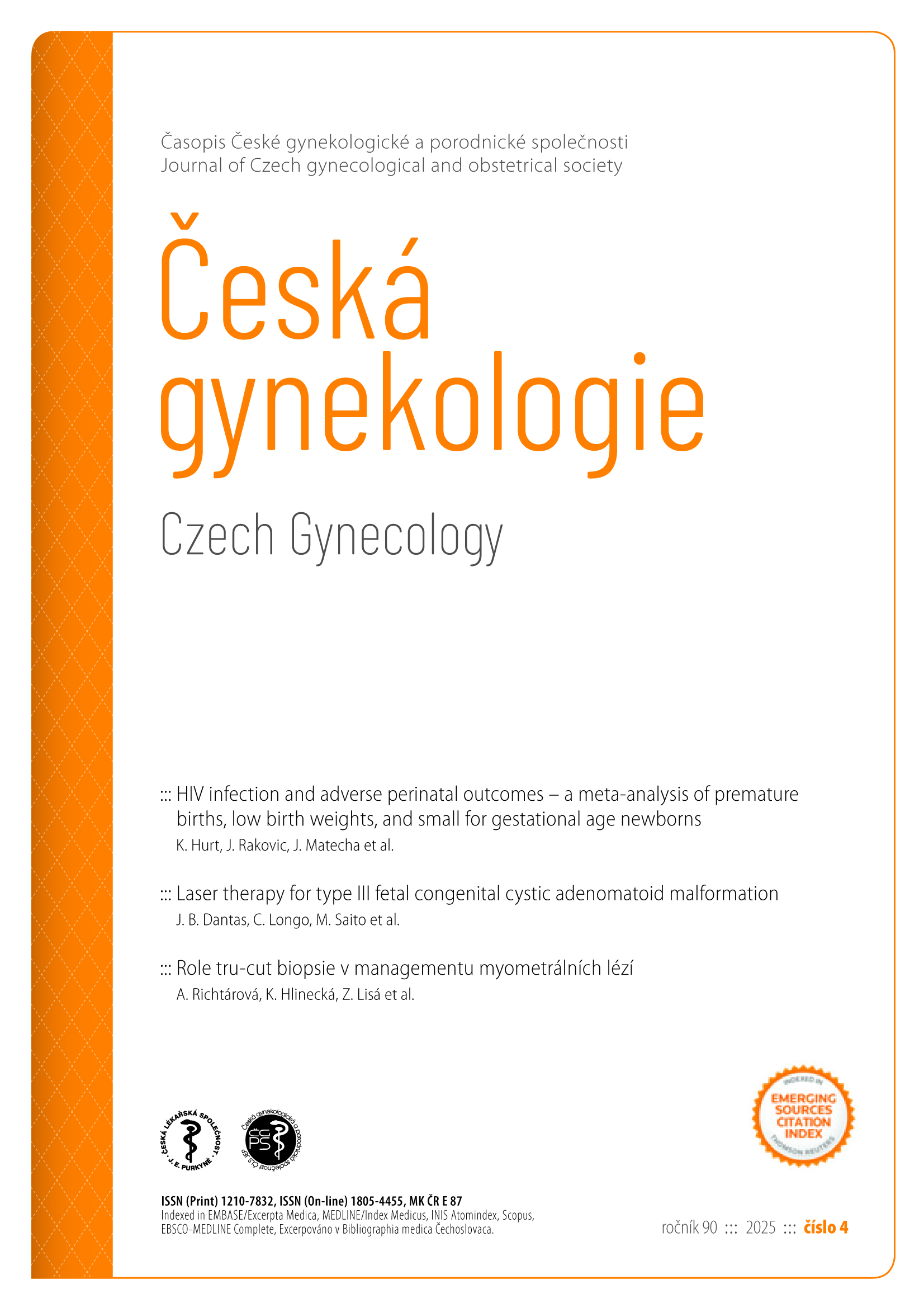Prenatal treatment of posterior urethral valves in a newborn with anorectal stenosis
Prenatal treatment of posterior urethral valves
Keywords:
Posterior urethral valves; Prenatal diagnosis; Intrauterine treatment; Associated anomalies; Postnatal follow-upAbstract
Posterior urethral valves (PUV) account for most cases of lower urinary tract obstruction (LUTO) in male fetuses, with a prevalence of 1 in 5,000 live births. Prenatal ultrasound findings include bladder wall thickening, keyhole sign, oligohydramnios, and ureteral dilatation. If untreated, PUV can cause pulmonary hypoplasia and renal failure, often requiring dialysis or transplantation. Treatment options include vesicoamniotic shunting and fetoscopic laser fulguration. PUV is rarely associated with anorectal malformations, posing a diagnostic and therapeutic challenge. This case report describes a neonate diagnosed prenatally with PUV who underwent intrauterine procedures, followed by preterm cesarean section at 32 weeks. Postnatally, he exhibited renal dysplasia, cryptorchidism, and developed necrotizing enterocolitis. Despite multiple laparotomies and colostomy, the infant improved and was then discharged. At 4 months, imaging confirmed rectal stenosis. We highlight the diagnostic limitations of prenatal ultrasound in differentiating PUV from other LUTO causes and the benefits of fetal magnetic resonance imaging. Anorectal malformations have diverse phenotypic presentations and are linked to environmental risk factors. The rare association of PUV with anorectal anomalies requires careful prenatal counseling due to potential complications. This case highlights the importance of early diagnosis and multidisciplinary management for improved outcomes.


